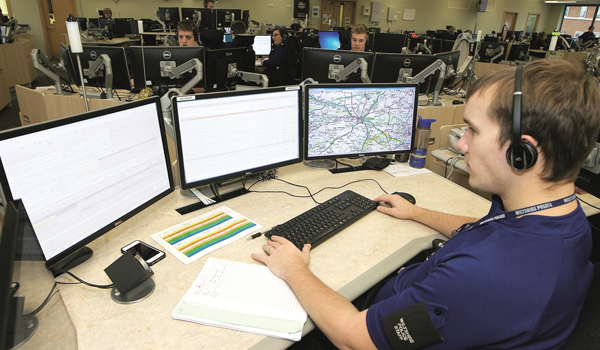Second generation Schengen data system expected to go live in 2013
The second generation Schengen Information System (SIS) II the European data system that holds alerts on wanted and missing persons, stolen vehicles and certain categories of property will be tested during 2012 and is expected to go live in early 2013, Minister for Immigration Damian Green has said.

The second generation Schengen Information System (SIS) II the European data system that holds alerts on wanted and missing persons, stolen vehicles and certain categories of property will be tested during 2012 and is expected to go live in early 2013, Minister for Immigration Damian Green has said.
The system will be run by a newly-created European agency, expected to become operational next summer, which will be responsible for large-scale IT systems in security, justice and freedom.
Reporting back to Parliament on the recent justice and home affairs council meeting he attended in Luxembourg at the European Commission, Mr Green said that that progress on SIS II remained in line with previously agreed Council conclusions.
He added that the European Commission also presented its plans on smart borders, which would include an entry-exit system (EES) and registered traveller programme (RTP) for the Schengen area.
Before bringing out legislative proposals next year, they wished to secure the clear support of both member states and the European Parliament on the best way forward, said Mr Green.
The smart borders package would require time and investment and there were important data protection issues to address. Member states expressed broad support for the communication and highlighted the potential benefits for enhancing internal security, combating organised crime, identifying visa overstayers and reducing border crossing time for regular travellers. However, given the required investment, member states called for a thorough cost-benefit analysis before proceeding.
The UK is excluded from these arrangements as it involves parts of the Schengen Agreement that eliminates all internal border controls between participating countries in which it does not participate.
The existing SIS I+ was designed to help law enforcement agencies work closer together to combat international crime and improve safety in the EU.
Via the Police National Computer (PNC), police officers can share and use certain information with other police organisations from all Schengen countries. Use of this information will allow them to locate missing persons, criminals and stolen property from other countries increasing the opportunities to deal with cross-border crime.
The SIS works on a hub and spoke set-up with a central server in Strasbourg sending and receiving data from national servers in each member state. These servers are connected to the relevant national system, in the UK this is the PNC. When a PNC user carries out a check on a person or object, a search will be undertaken on both databases and a hit/no hit result returned.
The system, which has stringent data protection rules, works through a set of alerts based on Articles in the Convention.
Alerts include:
persons wanted for extradition to another member state;
missing persons;
requests for a locate report on witnesses and people for court appearances;
request information reports on major criminals and linked vehicles;
stolen vehicles, trailers, firearms, identity documents and registered banknotes.
The enormous SIS database in the French city of Strasbourg is due to become even larger with the introduction of SIS II, which will include additional alerts such as a missing child.
The UK has previously said it will only sign up to SIS II once it is happy the system works alongside the PNC.
The Schengen Area, made up of 22 EU member states and three other European countries, enables the citizens of those countries to travel freely without passports across the borders of the countries concerned. It is the largest such passport free zone in the world.
The UK and the Republic of Ireland, which have a common travel area of their own created before Schengen came into being, have an opt-out from the Schengen Area agreement although they have opted into the SIS and the improved SIS II.



